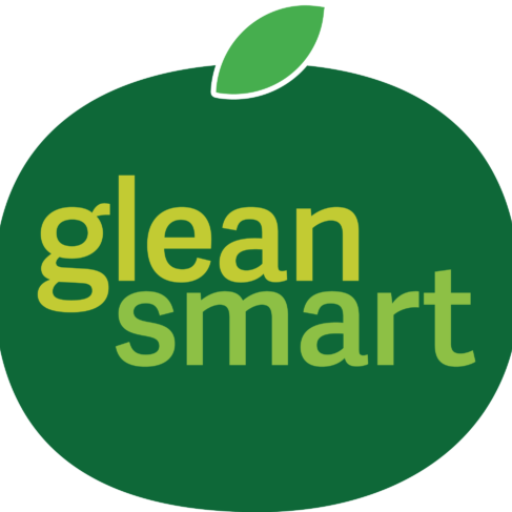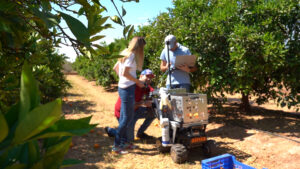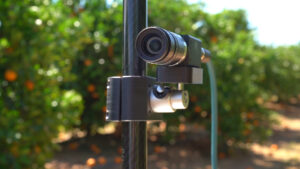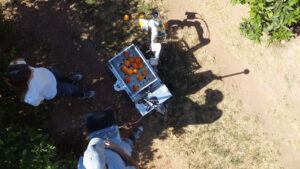Description
LIFE GLEANSMART project will validate a methodology for upcycling food losses based on data-driven decision supported decisions, innovative autonomous robotics system (up to TRL-7) and a digital support platform to help farmers to strategize harvesting and reduce fruit losses. Robotic solutions will be validated in 3 real fruit orchards located in Spain for 3 types of fruits (pomes, citrus, and stone fruits) covering the most representative EU crop types. LIFE GLEANSMART contributes to the achievement of the new Action Plan for the Circular Economy, the Farm to Fork Strategy at the heart of the EU Green Deal, and the EU’s commitment to achieve the Sustainable Development Goal (12.3) target on food waste.







Recent Comments